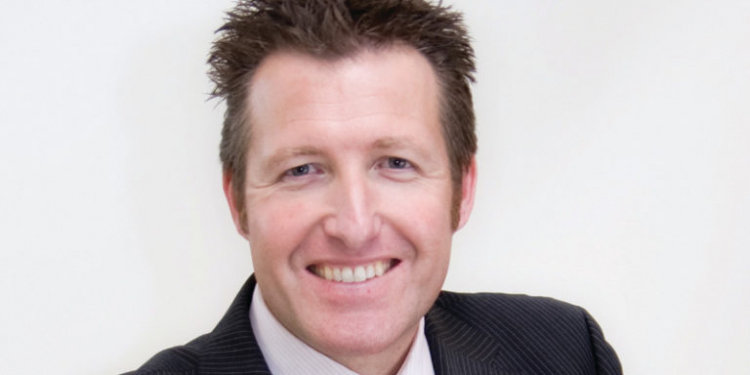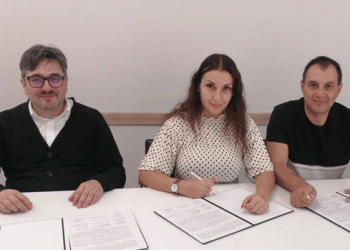Lamb Weston / Meijer, one of the top-3 producers of processed potato products in Europe and the Middle East and Africa, recently published its third sustainability report. The report highlighted the significant progress made with their sustainability agenda between 2012 and 2014, at all stages of the supply chain, from field to fork. The key results were saving direct water usage by 7 per cent – or 285 million liters – per year, reducing direct energy use by 21 per cent per year and increasing potato utilization by 4.3 percent per year versus 2008 baseline.
Potato Processing International had the opportunity to interview John Wiskerke, Director Raw & Supply Chain, Lamb Weston / Meijer.
– PPI: Is Lamb Weston / MEIJER with Sustainable Six project ahead of other Lamb Weston sites around the world, when speaking of achieving more sustainable production, healthier product, better working environment and etc?
Sustainability and working environments are very important for Lamb Weston all over the world and also for ConAgra foods of which Lamb Weston is a part of. So it’s very difficult to say that we are ahead of other ones because I think every plant and every region has its own focus and it can differ from site to site. At least what ConAgra foods always had was a kind of commitment for sustainable development and the last two years Lamb Weston Meijer’s project was that winner in one of the categories of sustainable development. I can say that ConAgra foods is recognizing our efforts on sustainable development.
– PPI: Your CEO Bas Alblas said that most challenging part of Sustainable Six project was to get it rolling. Can you tell us which part of a program you found most challenging so far and which will be the most challenging in next five years?
For me the most challenging was not only the start of program but also making the sustainability really a part of our DNA, of our Day-to-day business. The sustainability was not something our customers asked for. We really had the belief that by working on sustainability we can have positive impact on our world. Getting that into our DNA has been quite challenging, but I believe we are really successful.
– PPI: What does mean that 99.7 percent of your by-products and waste now find a useful destination, can you explain that a bit more?
There are 10 steps in how to deal with waste or byproducts by the Ladder of Moerman. The lowest point, the point 10 is landfill. None of our byproducts are going to landfill and the only 0.3% is going to incineration. So when we say 99.7% of our byproducts and waste have a useful destination then at least they are in one of the steps in Ladder of Moerman from 8 to 1 where they find a destination with a value in the chain.
– PPI: You reduced your water usage by 7 per cent, the goal is to achieve 50 per cent of water savings until 2020 by using ‘Innowater’ purification, can you tell us a bit more about that system?
That’s the system we developed together with the University. The main thing about it is that a wastewater is purified by membrane technology and reverse osmosis. The waste water can be transformed into drinking water again and by doing that we are close our water loop internally.
We really believe that developing and investing in this technology is a major step forward in our water intake. And we also aim to minimize the extraction of drinking water in the areas that are water scarce already.








